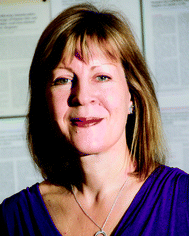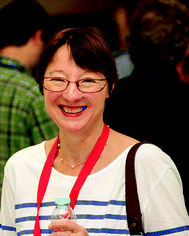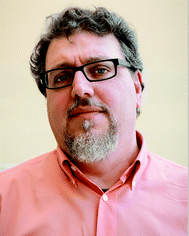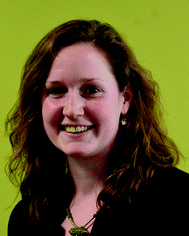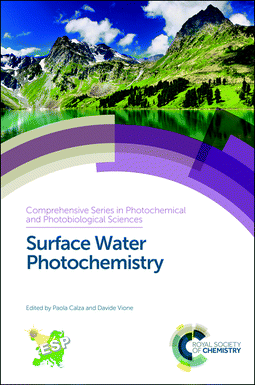Shine on you crazy books: the Comprehensive Series in Photochemical & Photobiological Sciences†
Massimo
Trotta
a,
Lesley E.
Rhodes
b and
Evelyne
Sage
c
aIstituto per I Processi Chimico Fisici – Consiglio Nazionale delle Ricerche, Italy. E-mail: massimo.trotta@cnr.it
bPhotobiology Unit, Dermatology Centre – University of Manchester, UK. E-mail: Lesley.E.Rhodes@manchester.ac.uk
cCentre National de la Recherche Scientifique, Institut Curie, Paris, France. E-mail: Evelyne.Sage@curie.fr
Photochemistry and photobiology are hence companion sciences, the first one representing the fundaments of the second. They are both multi-, trans- and interdisciplinary scientific fields and the interests of scientists involved in photochemistry or photobiology span chemical synthesis, electronics, material science, nanotechnology, energy and environmental sciences, biology and medicine. The outcomes of research in these two fields range from the basic understanding of light-driven processes to their various and many applications. The intimate interconnection of photochemistry and photobiology is evidenced by the research published in Photochemical & Photobiological Sciences, the journal that is jointly owned by the ESP and the European Photochemistry Association (EPA).
In addition to primary research and reviews, photochemists, photobiologists and aspiring students can need more. In response to the identified need for comprehensive information sources that cover well-established and emerging fields in depth, in 2001 the ESP and the Royal Society of Chemistry (RSC) agreed to launch a series of books on photoscience. The series title leaves little untold about its purpose: Comprehensive Series in Photochemical & Photobiological Sciences. Browsing through some documents from the time of its launch, we ran into instructions for authors that suggest manuscripts should be submitted “together with a set of disks (or CD-ROM)…”. So, when the series started, floppy disks were still on the market. Today, floppy disks are useless, compact disks are a vintage technology and we submit our scientific papers by clicking on touchscreen devices. So much has changed, but the book series has maintained its high scientific standards and best original features, thanks to the vision of the committed previous series editors (Donat-Peter Haeder and the late Giulio Jori) and the hard and dedicated work of the volume editors who took great care in ensuring the quality of their edited volumes.
Thirteen books (and over 5000 pages) have now been published, covering very cool and interesting fields, giving – as the series editors wrote in the foreword of the first published volume – a critical evaluation of the directions that the field is taking. If you glance at the published titles (http://rsc.li/photo), you will see the results of great effort from many chapter authors and volume editors from around the world. It is an outstanding work that deserves to be cherished and – most of all – used, maintained and continued.
The Executive Committee of the ESP met in September 2015 in Aveiro, Portugal during the biennial Congress of the Society. The Committee has given the three of us the prestigious roles of series editors of the book series. We are flattered and honoured by this office. We are committed to work hard to maintain the standards of the series and to source and invite new edited volumes on important topics.
By the beginning of 2016, two new volumes will be available. Surface Water Photochemistry, edited by Paola Calza and Davide Vione, explores the latest research on the photochemical fate of organic pollutants in surface water. Singlet Oxygen, edited by Santi Nonell and Cristina Flors, comprises two volumes that present the physical, chemical and biological properties of this reactive oxygen species and its increasingly important applications across chemical, environmental and biomedical areas.
Currently, we are scouring the literature, attending conferences and speaking to our colleagues to decide what are the topics that have developed significantly in the last few years and that could now do with a new edited book covering the field. The series will be open to and will expand to include any topic where an in-depth coverage need is defined.
Thanks to the impending publication of two new titles, a new series Editorial Board, a freshly appointed RSC Book Commissioning Editor, Rowan Frame, and beautiful new cover designs, it looks like an exciting new start for the Comprehensive Series in Photochemical & Photobiological Sciences. We do welcome feedback on the books in the series and ideas for areas we should cover in the future. To get in touch, please email us at http://books@rsc.org.
Ad maiora!
Footnotes |
| † Apologies to Pink Floyd. |
| ‡ The Old Testament, Genesis 3-4. |
| This journal is © The Royal Society of Chemistry and Owner Societies 2016 |

